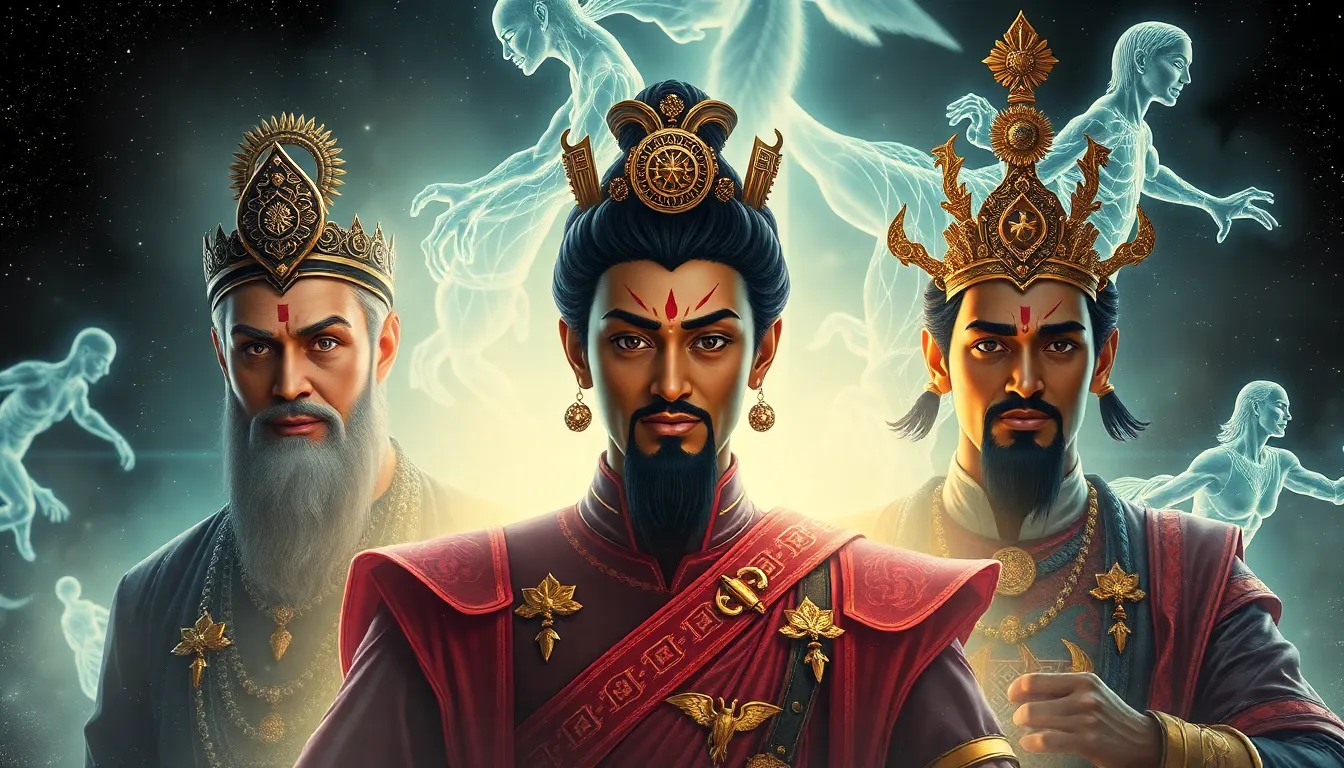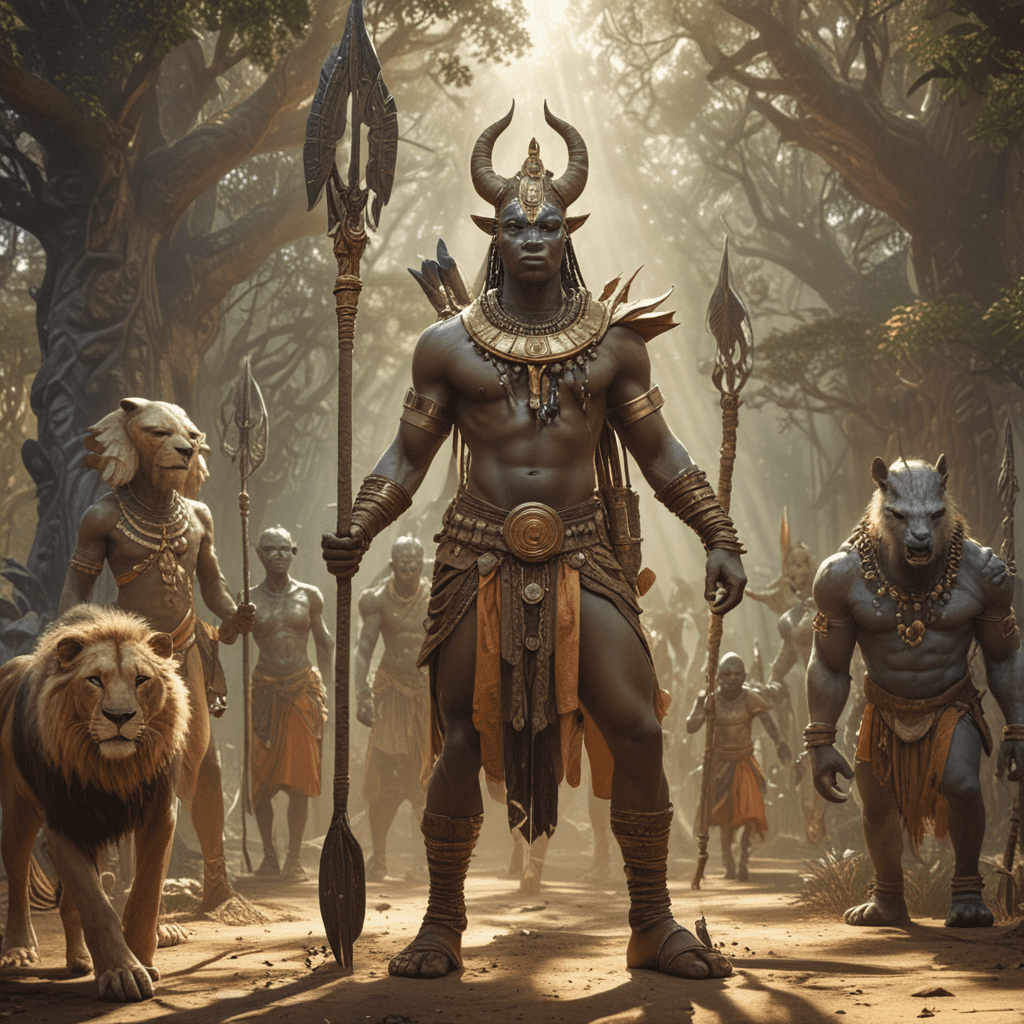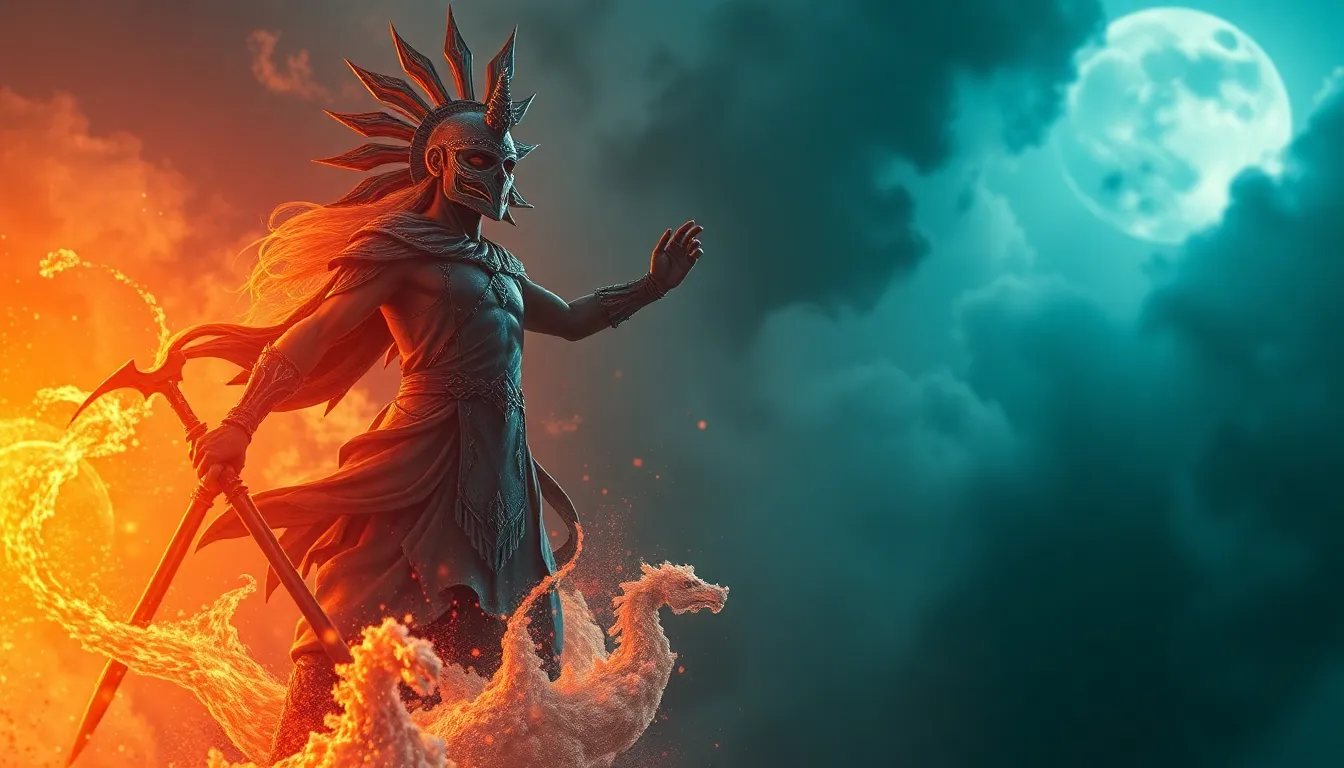Introduction to Finnish Mythology
Finnish mythology is a rich and captivating tapestry of ancient beliefs, legends, and traditions. Its stories have been passed down through generations, captivating the imaginations of Finns throughout the centuries. Rooted in the country's deep connection to nature, Finnish mythology is a treasure-trove of mythical creatures, supernatural beings, and tales of heroism and wonder.
The Forest Spirits and Nature Deities
The forests of Finland have always held a special place in the hearts and minds of its people, and Finnish mythology is replete with spirits and deities that inhabit these verdant realms. The most prominent among them is Tapio, the guardian of the forest, who ensures the well-being of animals and plants. Other forest spirits include the mischievous Nisse, known for his pranks and love of saunas, and the enigmatic Hiisi, a shadowy figure associated with both good and evil.
The Water Spirits and Coastal Creatures
The waters of Finland, from its vast lakes to its rugged coastline, are home to a myriad of mythical creatures. The most well-known is Ahti, the ruler of the waters, who commands the fish and other aquatic beings. Näkki, a water spirit, is said to lure people to their deaths by enchanting them with his irresistible music. Along the coast, the mermaids known as Näkki are believed to possess both beauty and danger, often ensnaring sailors with their alluring songs.
The Underworld and its Inhabitants
In Finnish mythology, the underworld is known as Tuonela, a gloomy realm ruled by Tuoni, the god of death. It is said that the dead travel to Tuonela along a river guided by the ferryman Tuonen Virta. Other inhabitants of the underworld include the Kalma, spirits of the dead who can return to the world of the living to seek revenge or cause mischief, and the impish Pärkel, who is often depicted as a trickster or a demon.
Mythical Heroes and Supernatural Beings
Finnish mythology is not only about mythical creatures but also about legendary heroes and supernatural beings. Väinämöinen, a powerful shaman and singer, is said to have created the world through his incantations. Ilmarinen, a skilled smith, is credited with forging the heavens and the sun. Louhi, a powerful witch, is a recurring antagonist in many tales, renowned for her cunning and magical abilities.
The Creation Myth and Origin Legends
Finnish mythology is steeped in creation stories and origin legends that explain the existence of the world and its inhabitants. According to one prominent myth, the world was created from the broken egg of a giant waterfowl. The upper part of the eggshell formed the sky, while the lower part became the earth. Another legend tells of the hero Väinämöinen, who sang the world into being with his magical incantations.
Shamanism and the Role of the Shaman
Shamanism played a vital role in Finnish mythology and culture. Shamans were individuals believed to possess supernatural powers, enabling them to communicate with the spirit world, heal the sick, and guide souls to the underworld. They often performed rituals, sang incantations, and used drums to induce trance states, facilitating their journeys into the realm of the spirits.
The Influence of Christianity on Finnish Mythology
With the arrival of Christianity to Finland, Finnish mythology underwent significant changes. Many pagan beliefs and practices were gradually replaced or blended with Christian elements. However, the influence of pre-Christian mythology remained evident in Finnish folklore, songs, and customs. The convergence of these two belief systems created a unique and vibrant blend of mythology that continues to fascinate and inspire.
The Preservation and Revival of Finnish Mythology
In the 19th and 20th centuries, there was a surge of interest in preserving and reviving Finnish mythology. Scholars, artists, and writers collected and documented traditional tales, myths, and legends. This revival effort led to a renewed appreciation for the richness and depth of Finnish folklore, which continues to be a source of national pride and cultural identity.
Conclusion: The Enduring Legacy of Finnish Mythical Creatures
The mythical creatures of Finnish folklore have captured the imaginations of generations, shaping the cultural identity of the Finnish people. Their stories continue to be told and retold, perpetuating the enchantment and wonder that have characterized Finnish mythology for centuries. From the forest spirits to the water beings and the enigmatic denizens of the underworld, these creatures embody the rich tapestry of Finnish folklore, a legacy that endures and fascinates to this present day.
FAQs
Väinämöinen, the powerful shaman and singer, is perhaps the most well-known Finnish mythical figure.
Forest spirits, water beings, and underworld creatures are some of the most prevalent mythical creatures in Finnish folklore.
With the arrival of Christianity, many pagan beliefs and practices were gradually replaced or blended with Christian elements, creating a unique blend of mythology.
Scholars, artists, and writers in the 19th and 20th centuries played a vital role in collecting and documenting Finnish myths and legends, contributing to their preservation and revival.



